Pampas facts for kids
Quick facts for kids
Pampas
|
|
|---|---|
|
Natural region
|
|

Landscape in the Pampas at eye level. Brazil.
|
|
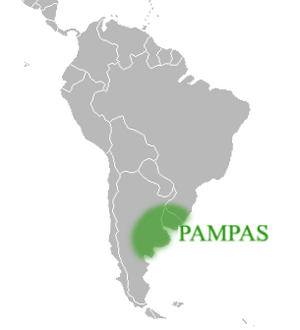
Approximate location and borders of the Pampas encompassing the southeastern area of South America bordering the Atlantic Ocean
|
|
| Countries | |
| Elevation | 160 m (520 ft) |
| Population | |
| • Total | 35,000,000 |
The Pampas are fertile South American lowlands. It is from a Quechua word meaning "plain". It covers more than 750,000 km2 (289,577 sq mi). That include parts of Argentina, most of Uruguay, and the southernmost Brazilian State. The climate is mild.
Contents
Wildlife
Herbivores of the pampas are the pampas deer, guanaco, gray brocket, dwarf mara, plains viscacha, Brazilian guinea pig, southern mountain cavy and coypu. The biggest predator of the region is the puma followed by the maned wolf, pampas fox, geoffroy's cat, lesser grison as well as the omnivorous white-eared opossum and molinas hog-nosed skunk.
Bird species of the pampas are ruddy-headed goose, pampas meadowlark, hudsonian godwit, maguari stork, white-faced ibis, white-winged coot, southern screamer, dot-winged crake, curve-billed reedhaunter, burrowing owl and the rhea.
Vegetation
Frequent wildfires ensure that only small plants such as grasses flourish, and trees are less common. The dominant vegetation types are grassy prairie and grass steppe in which numerous species of the grass genus Stipa are particularly conspicuous. "Pampas grass" (Cortaderia selloana) is an iconic species of the Pampas. Vegetation typically includes perennial grasses and herbs. Different strata of grasses occur because of gradients of water availability.
The World Wildlife Fund divides the Pampas into three distinct ecoregions. The Uruguayan Savanna lies east of the Parana River, and includes all of Uruguay, most of Entre Ríos and Corrientes provinces in Argentina, and the southern portion of Brazil's state of Rio Grande do Sul. The Humid Pampas include eastern Buenos Aires Province, and southern Entre Ríos Province. The Semiarid Pampas includes western Buenos Aires Province and adjacent portions of Santa Fe, Córdoba, and La Pampa provinces. The Pampas are bounded by the drier Argentine espinal grasslands, which form a semicircle around the north, west, and south of the Humid Pampas.
Winters are cool to mild and summers are very warm and humid. Rainfall is fairly uniform throughout the year, but is a little heavier during the summer. Annual rainfall is heaviest near the coast and decreases gradually further inland. Rain during the late spring and summer usually arrives in the form of brief heavy showers and thunderstorms. More general rainfall occurs the remainder of the year as cold fronts and storm systems move through. Although cold spells during the winter often send nighttime temperatures below freezing, snow is quite rare. In most winters, a few light snowfalls occur over inland areas.
Central Argentina boasts a successful agricultural business, with crops grown on the Pampas south and west of Buenos Aires. Much of the area is also used for cattle and more recently to grow vineyards in the Buenos Aires wine region. These farming regions are particularly susceptible to flooding during the thunderstorms. In the Pampas, the weather averages out to be 60 °F (16 °C) year round.
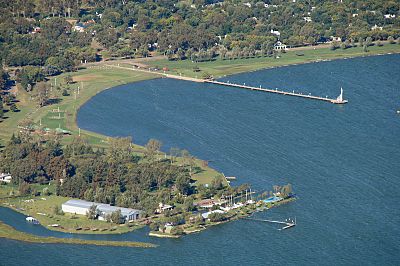
Lake Gómez, near Junín, in the heart of the Pampas grain belt: The Pampa extends from the foothills of the Andes Mountains on the west to the Atlantic Ocean on the east. The region is peppered with finger lakes, holdovers from the last ice ages.
Images for kidsSee also
|



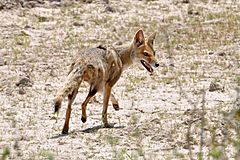
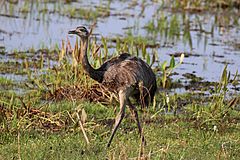
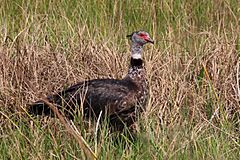
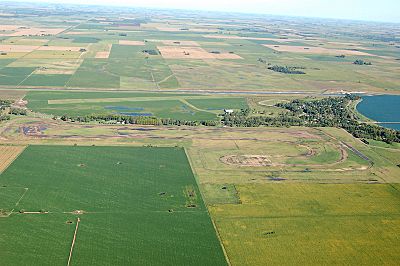

 In Spanish:
In Spanish: